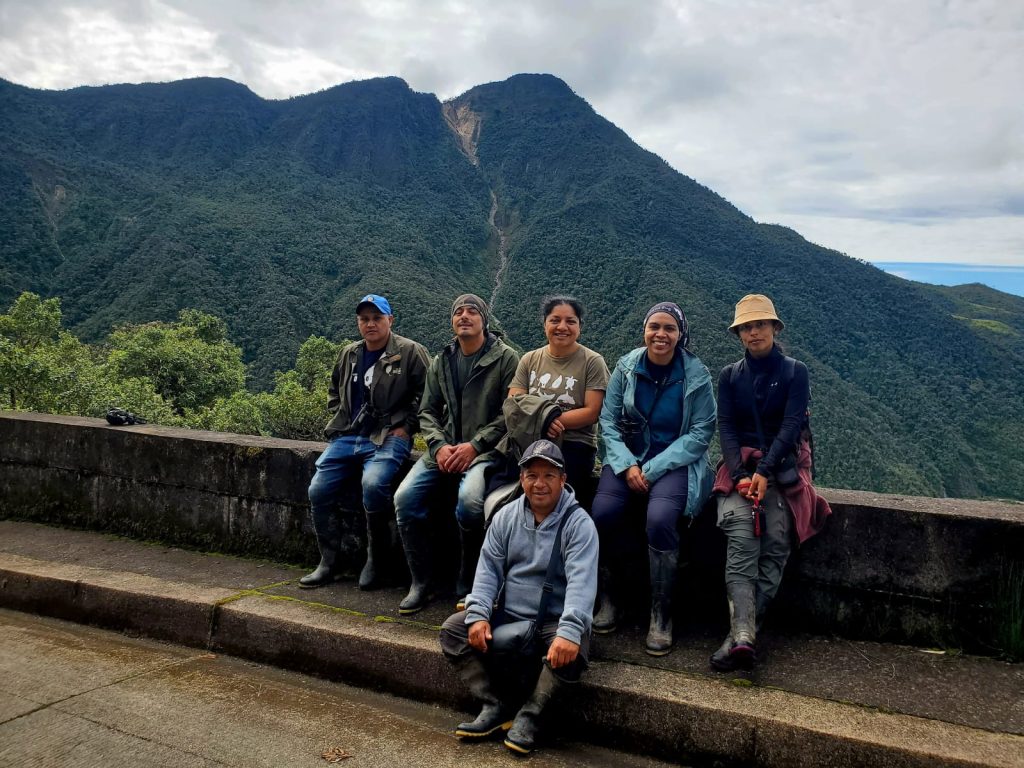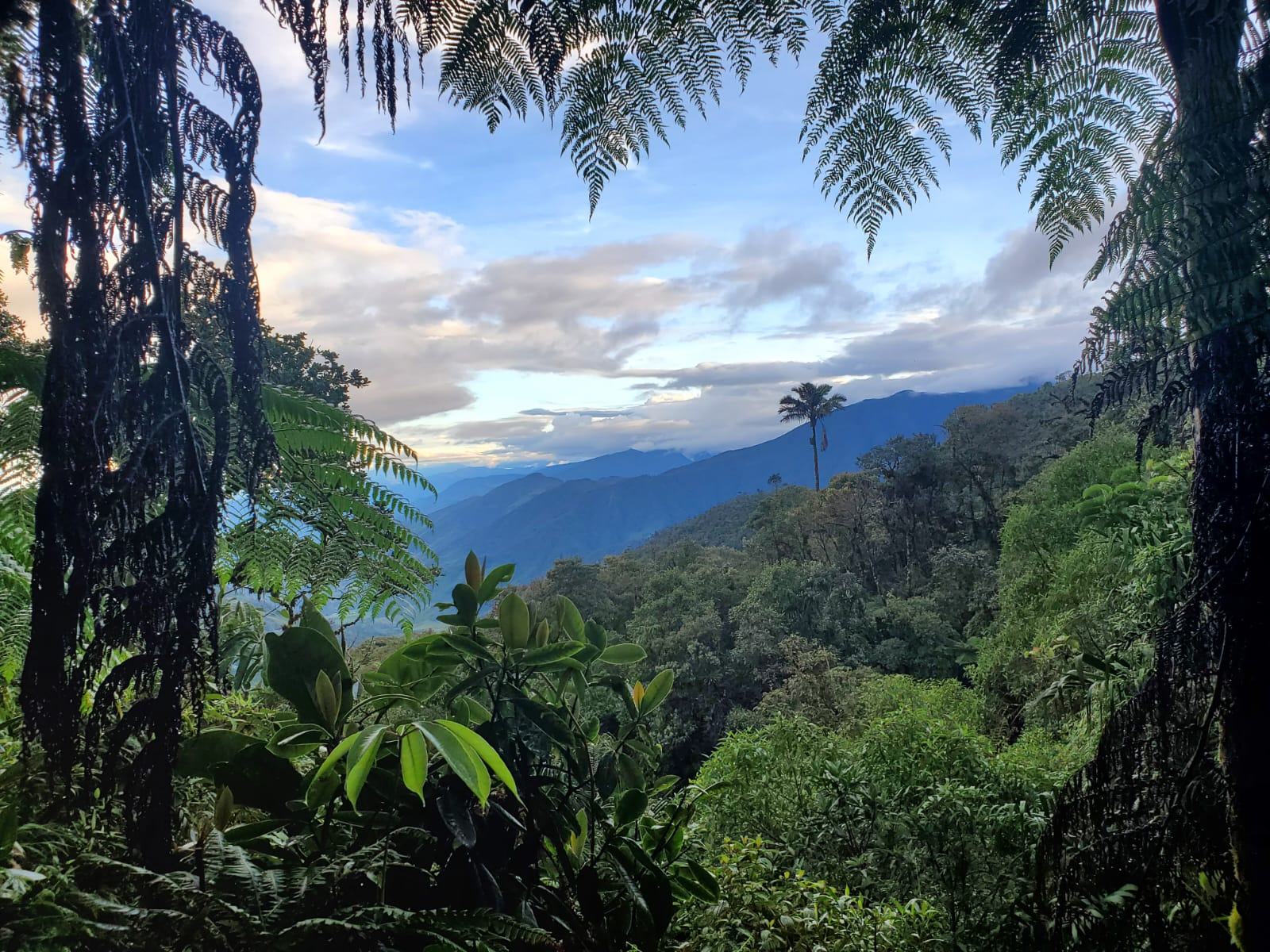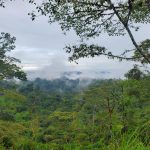Protecting the Jocotoco Antpitta and other species beyond the Tapichalaca Reserve
“Panchito has not shown up for a couple of days now; it’s troubling.” It took me a few seconds to link the name to the subject—Panchito, the Jocotoco Antpitta we protect in the Tapichalaca Reserve. Why is he missing? Our conservation director offered a simple explanation: some animal could have eaten it. Well, it’s nature, so it is definitely a possibility. What if it moved elsewhere to mate or find food? Should we be worried for conservation reasons (it’s a critically endangered species) or because Panchito is the main tourist attraction at the reserve? Both were valid concerns.
The park guards returned to the spot where Panchito would show up every morning to greet us and eat our hand-picked worms. Although there are mixed opinions about feeding the fauna, including the bird feeders at the lodges, this was standard procedure in Tapichalaca for many years. A group of 2 to 4 individuals would appear for the avid birders and other interested audiences, but Panchito would be the star. Naming flagship species is a common practice across the foundation. The field staff grows fond of them since they see them regularly, so giving them a name that suits their personality is only righteous.
Once Panchito was gone, we had to find other individuals, preferably close to the lodge. The park guards explored many trails across the reserve, following the calls and songs they had recorded previously in the species monitoring and during the patrols. Eventually, they found other jocotocos. It was a relief for our conservation team and our tourism branch. Other Panchitos inhabit the Tapichalaca Reserve and its surroundings.
On my last visit to Tapichalaca in early April 2025, we searched for the Jocotoco Antpitta. Our park guards had found a new place where the birds come to feast on the worms. The spot needs enough sunlight and forest cover so the antpittas don’t feel exposed and the watchers have a good view. A Chestnut-naped Antpitta arrived at the scene first, getting us excited prematurely. We could hear the Jocotocos sing from afar, the song nearing our location, fading gradually, and then disappearing altogether. For a brief moment, I thought we wouldn’t see them. I saw a bird jump onto the leaves, and as I reached for my binoculars, I heard one of the guards saying it was the other species. When my disappointment was about to set in, the senior park guard confirmed it was a jocotoco juvenile. The colors were not yet as vibrant as an adult’s, but you could see the characteristic pattern clearly. Mission accomplished, we found our Panchito!
The Jocotoco Antpitta (Grallaria ridgelyi) is an endemic bird living in southern Ecuador’s cloud forests. It was discovered in 1997 by a group of ornithologists while on an expedition to record Ecuador’s bird diversity. After confirming it was a new species with a restricted distribution area and a small population, they created a nature reserve to protect its habitat. That’s how Fundación Jocotoco was established in 1999, and Tapichalaca became its first reserve, home to our namesake.
Tapichalaca spans over 4,000 hectares and borders the Yacuri and Podocarpus national parks, forming a corridor for biodiversity. It sits inside the Palanda Municipal Conservation Area (ACMUS Palanda), which extends 70,000 hectares and consists mainly of private land with forests, farms, and public protected areas. Since 2021, Fundación Jocotoco has co-managed the ACMUS with the Palanda Municipality, including community engagement, patrolling and monitoring, park guard training, and habitat restoration. In the last few years, we established the Podocarpus – El Cóndor program, switching to a landscape approach to conservation beyond our reserves. Our regional program covers over 300,000 hectares, including the Tapichalaca and Copalinga reserves, three state-protected areas (Podocarpus, Yacuri, and Cerro Plateado), other private reserves, water protection areas, and several farms within the ACMUS Palanda.

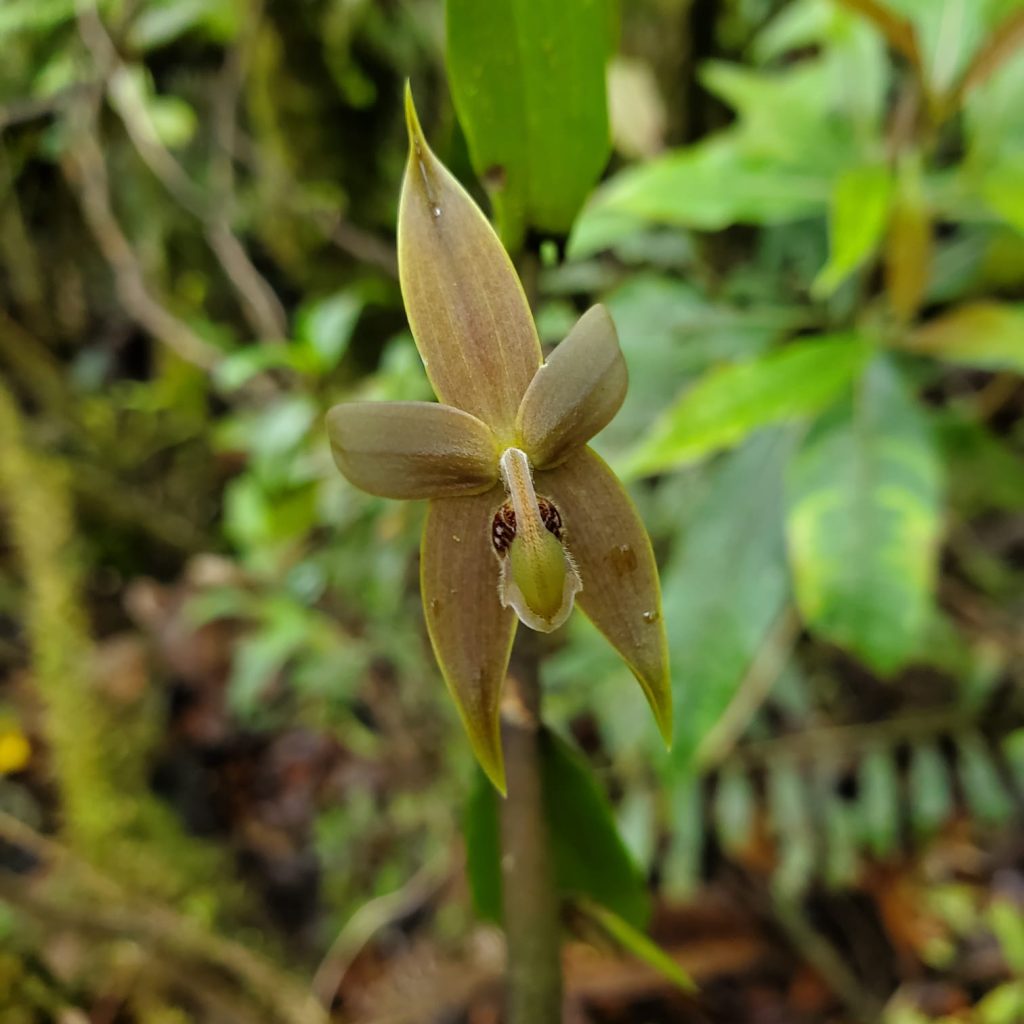
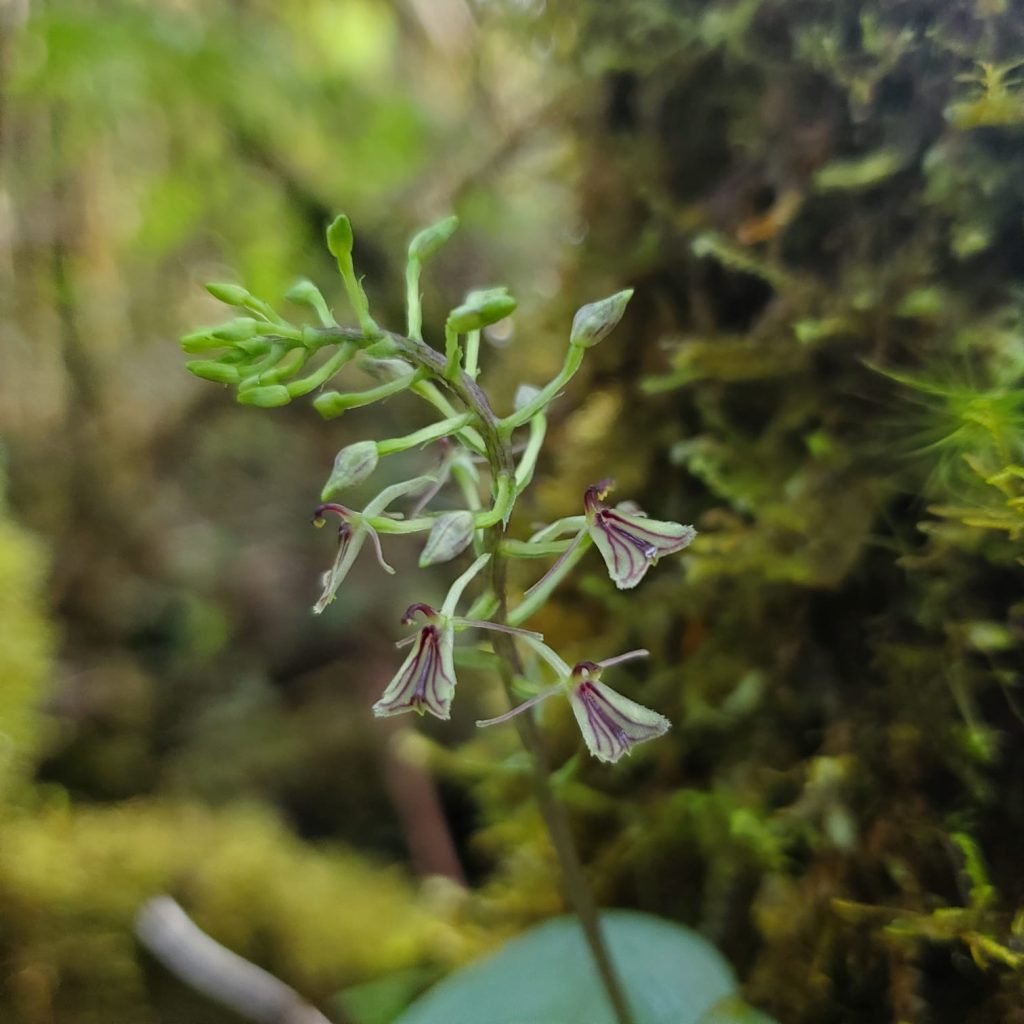
During our trip, I was amazed by the diversity of orchids in the Tapichalaca reserve and nearby areas. One of our goals is to research and breed endangered plants. The Tapichalaca Mini Lab is where the magic happens—we develop in vitro experiments and novel protocols to propagate different orchid species, as well as other threatened plants like the Bomarea longipes vine. The nursery can hold about 5,000 seedlings of native species used to restore the watersheds and degraded land. Botanical and herpetological expeditions often find new species, and the camera traps capture big mammals like the Andean Bear and the Mountain Tapir.
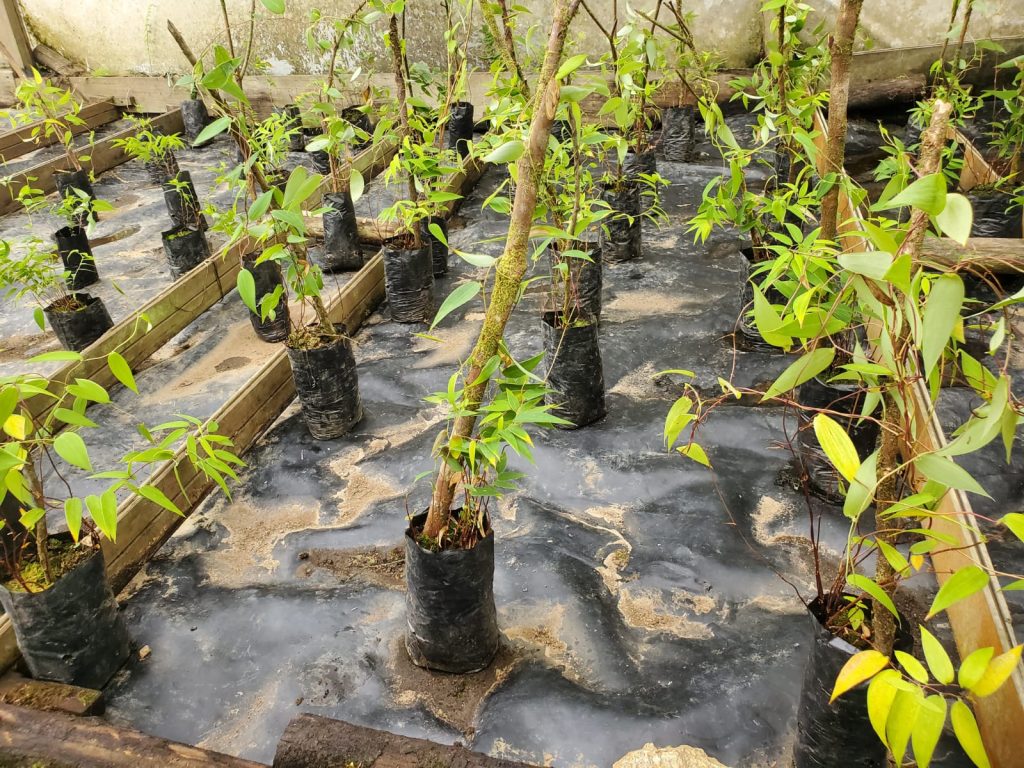
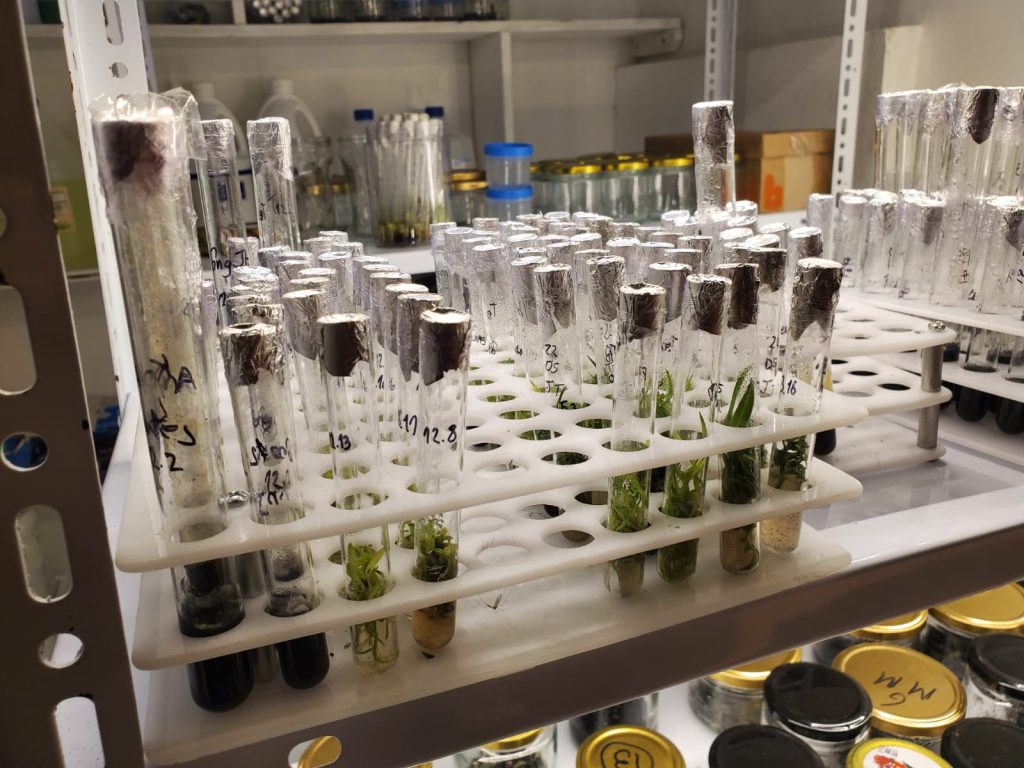
We joined our local team in their quarterly patrol with the Yacuri park guards, a relatively short hike up the mountains that felt much harder due to the muddy trails. We also visited two agroecological farms in Palanda that produce mainly cacao and coffee, where we tried a delicious assortment of fresh fruits and perfectly brewed coffee. I was particularly impressed by the excellent coffee roasts, considering that the farmers are mostly self-taught and have basic equipment. Palanda safeguards the oldest cacao trees and has become globally known as the origin of cacao, having the oldest records of its domestication and consumption about 5,000 years ago by the Mayo Chinchipe people. Farmers grow many cacao varieties, trying to find the best flavors and the highest yields while preserving the forests and promoting their historical and cultural importance. However, the Palanda Municipality still lacks the necessary support and resources from the central government and the respective ministries to make Palanda a world destination. Similarly, the national parks have limited capacity to protect their vast territories and respond to emergencies. Thus, collaborations with private organizations like Jocotoco are crucial to strengthening conservation and local livelihoods.
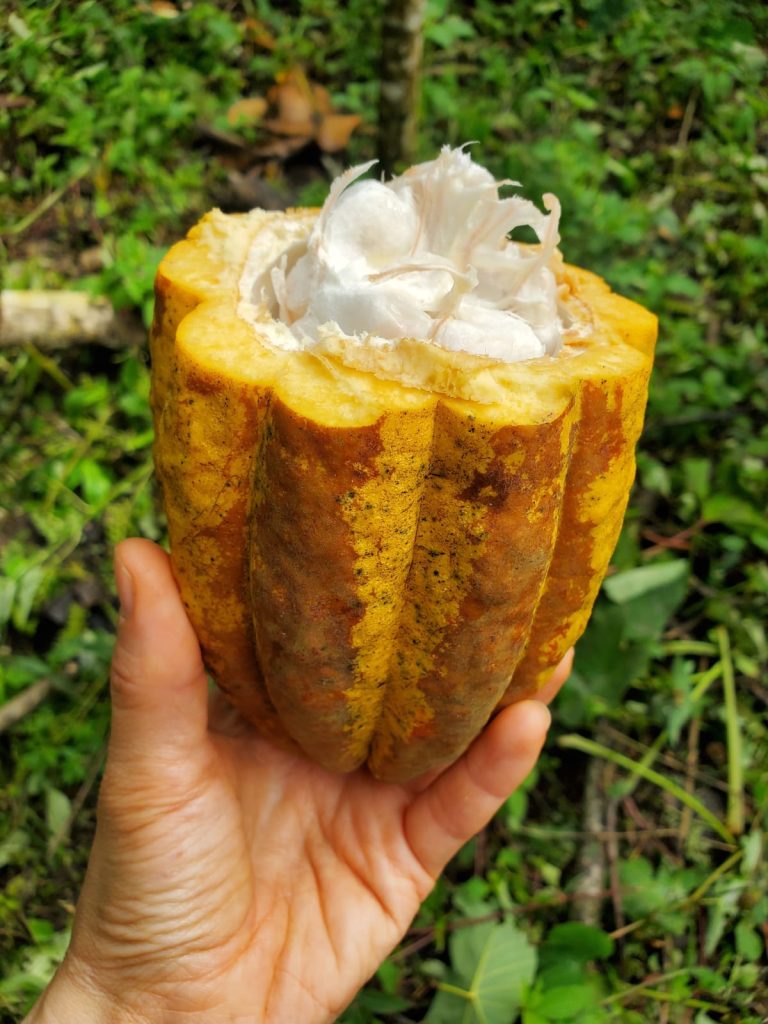
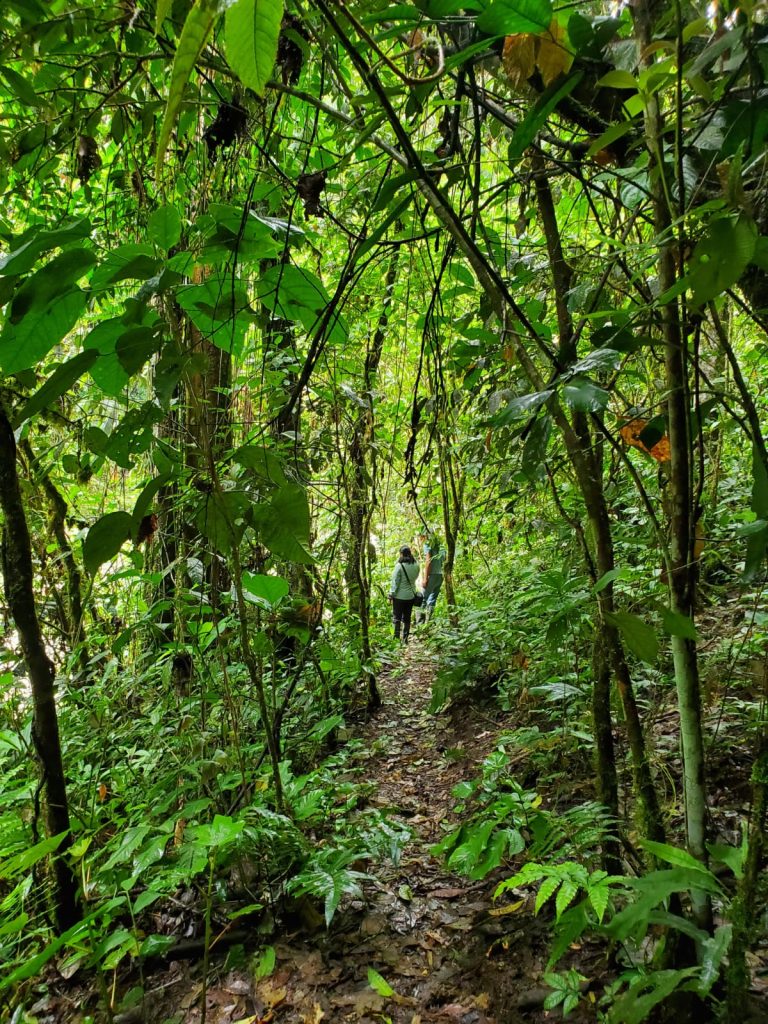
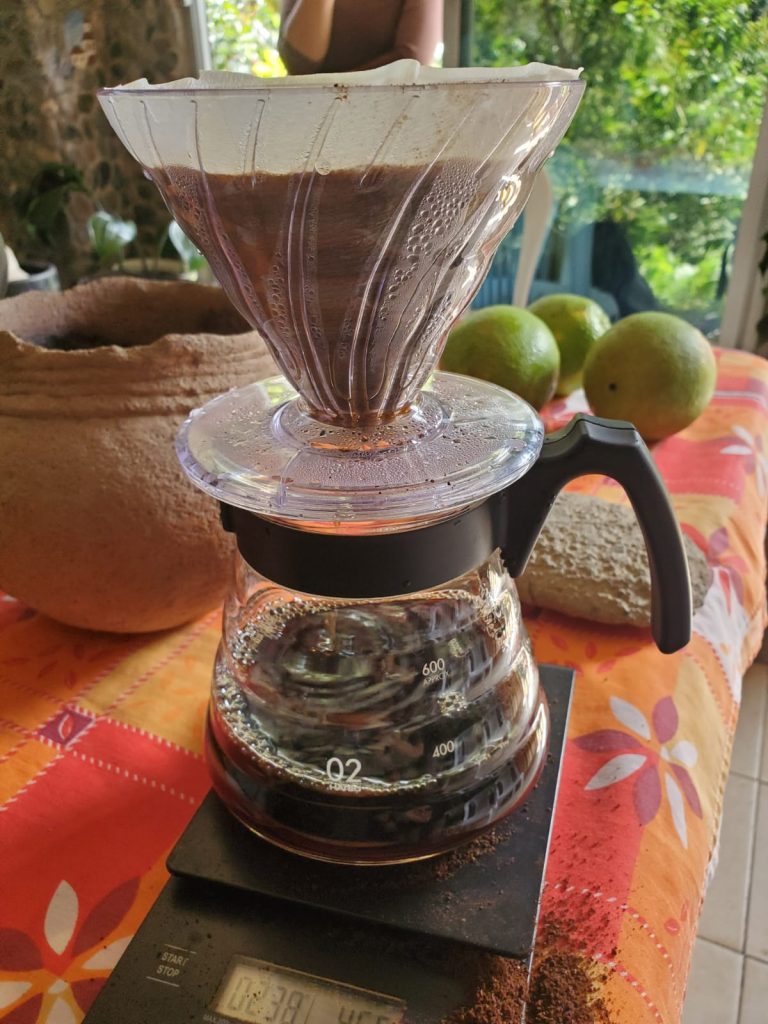
If you want to visit Tapichalaca, you can contact Jocotours, the foundation’s tour operator that arranges visits to the reserve network and manages its five lodges, including Casa Simpson in Tapichalaca. You can also explore Palanda, Valladolid, Vilcabamba, and other tourist destinations.
